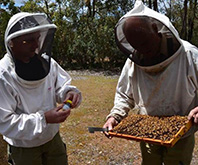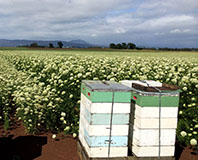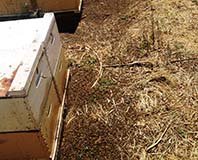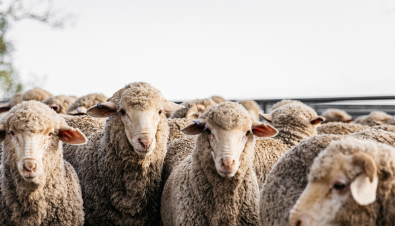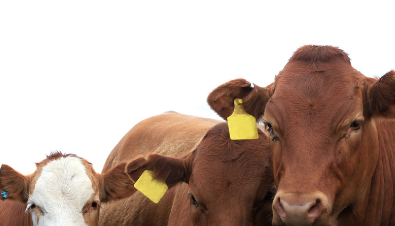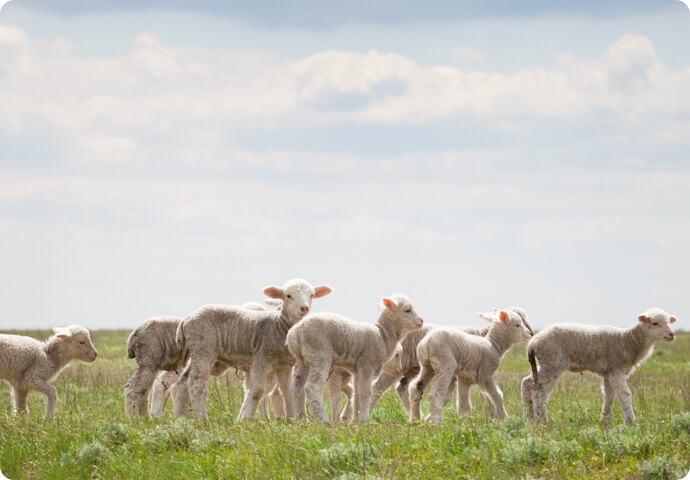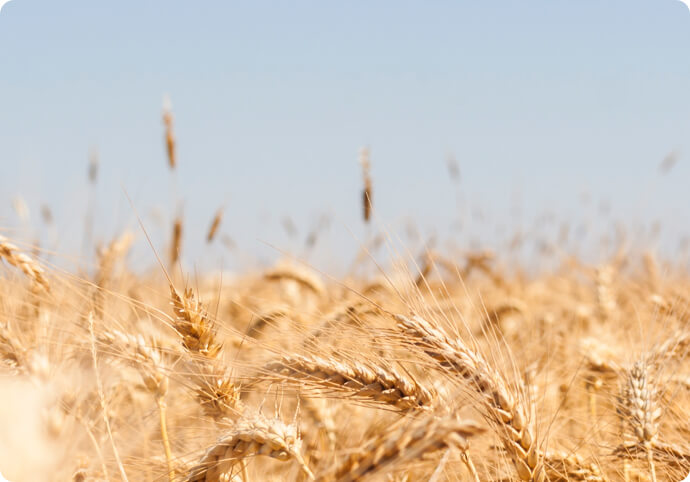The BeeAware website
The BeeAware website is a hub of online information for beekeepers and growers about honey bee biosecurity and pollination of agricultural and horticultural crops.
The site contains detailed information on established and exotic honey bee pests and diseases, the symptoms they cause and how to control them. It also has pollination information and advice on how growers and beekeepers can work together to get maximum benefit from honey bee pollination.
BeeAware contains the latest information for both hobby and commercial beekeepers about how to implement biosecurity best practice in the apiary, information on education and training resources, beekeeping associations and downloadable documents, such as the Biosecurity Manual for Beekeepers.

